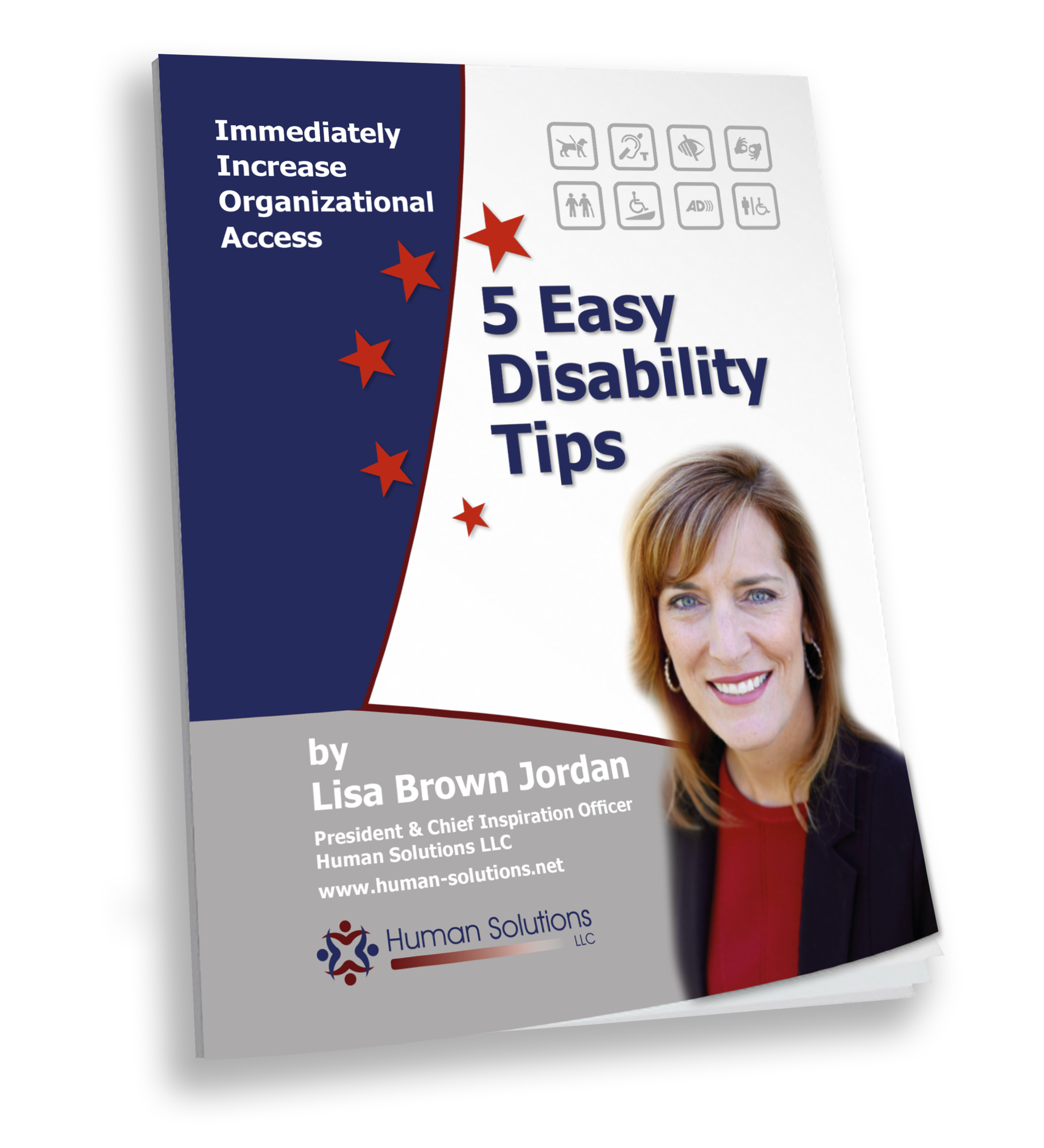A job seeker can explain gaps either in the main body of a resume or in a cover letter. If a cover letter is used, a job seeker should take… Click to read the full article
Disability & Work – Gaps Strategy #2
Some gaps are trickier to explain. These include periods of unemployment, which may or may not be related to disability or illness. If the mentioning of gaps can’t be avoided,… Click to read the full article
Disability & Work – Gaps Strategy #1
Keep in mind that not all gaps need to be mentioned. These include gaps that lasted for a couple of months or occurred long ago. In such cases, it is… Click to read the full article
Disability & Work – Explaining Gaps in Employment
When it comes down to business, employers want to hire reliable people committed to their jobs. For this reason, most employers check for a progressive path through education and work… Click to read the full article
Disability Etiquette – Tip #7
Tip #7 – Be Sensitive to Hidden Disabilities If a person makes a request that seems out of the ordinary, it may be related to a hidden disability. Hidden disabilities… Click to read the full article
Disability Etiquette – Tip #6
Tip #6 – Ensure Accessibility Ensuring your facilities are safe and accessible to a wide variety of persons is one of the best ways to communicate an open and accepting… Click to read the full article
Disability Etiquette – Tip #5
Tip #5 – Use Empowering Terminology Always use person first language when referring to someone with a disability. Say “person with a disability” not “disabled person”. Avoid negative disempowering words… Click to read the full article
Disability Etiquette – Tip #4
Tip #4 – Communicate Effectively Always address a person with a disability directly. Don’t speak to his companion, assistant or sign language interpreter. The use of common expressions such as… Click to read the full article
Disability Etiquette – Tip #3
Tip #3 – Respect Private Space Persons with disabilities consider their equipment part of their personal space. Don’t touch any assistive device or push a wheelchair without permission. If a… Click to read the full article
Disability Etiquette – Tip #2
Tip #2 – Always Ask, Never Assume Ask before you help. If a setting is accessible, persons with disabilities can usually get along on their own. If you are uncertain… Click to read the full article
